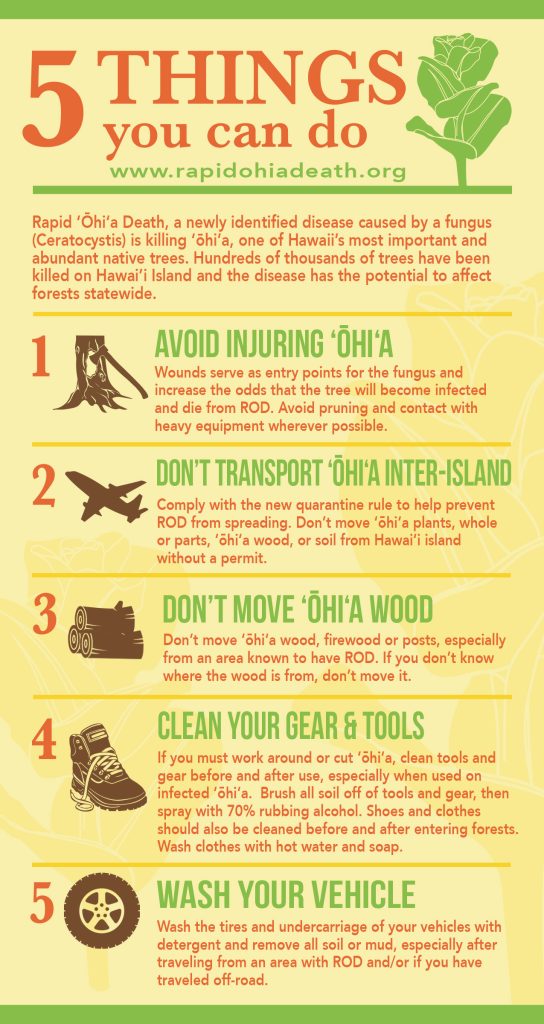
**IMPORTANT PARK NOTICES**
Monitor local surf and weather reports prior to your park visit.
[KAUA’I] UPDATED - 7/25/24: Wailua River State Park, Opaekaa Falls restroom is CLOSED due to a water main break until further notice.
•
[KAUA’I] UPDATED 7/24/24 – Road to Kōkeʻe and Waimea Canyon State Parks has REOPENED.
•
[MAUI] UPDATED 7/24/24 – Polipoli Spring State Recreation Area: Access to the park and cabin has REOPENED.
•
[KAUAʻI] UPDATED 6/18/24 –Kalalau Trail, Nāpali Coast State Wilderness Park: Camping permits held back for local residents during summer, see Kalalau Trail site for more information.
•
[KAUAʻI] UPDATED 6/18/24 – Kōkeʻe State Park: The gate to Puʻu O Kila Lookout will be closed to vehicular traffic due to road repairs beginning 3/19/24. The lookout will still be accessible by pedestrians, parking is available at Kalalau lookout.
Waimea Canyon State Park
| Hours | Daily During Daylight Hours |
| Entrance Fee |
|
| Parking Rates |
Non-Commercial Vehicles
Commercial PUC Vehicles
*Parking tickets are valid for Waimea Canyon State Park and Kokee State Park parking lots |
| Trail Names |
Description
Waimea Canyon State Park overlooks of one of the State’s scenic treasures – the deep, colorful gorge of Waimea Canyon. The park consists of a scenic drive, lookouts of the canyon, a viewpoint of Ni‘ihau Island, wildland picnicking and trails. Adjacent forest reserves with long, strenuous hikes into and out of the canyon. Seasonal trout fishing. Pig and seasonal goat hunting nearby.
Recreational Residences Appraisals
In accordance with the Kokee-Waimea Canyon Residence leases, the appraisals for the 2022 rent reopener have been completed. Please see the link for the method used to determine rents. NOTE: This is applicable to existing leaseholders whose leases expire at the end of 2031
Recreation Residence Use Method 2022
For cabin lessee’s, more information on building guidelines could be found here: Kokee Design Guidelines
Cliff Dwellers of Kauai…and the people who hang with them! – Olelo Version from Hawaii DLNR on Vimeo.
HELP HAWAII FIGHT RAPID ʻŌHIʻA DEATH (ROD)
ʻŌhiʻa (Metrosideros polymorpha), the most abundant native tree in the state of Hawaiʻi, are dying from a new fungal disease. On Hawaiʻi Island, and currently spreading to other islands, hundreds of thousands of ʻōhiʻa have already died from this fungus, called Ceratocystis. Healthy trees appear to die within a few days to a few weeks, which is how the disease came to be called “Rapid ʻŌhiʻa Death.” This disease has killed trees in all districts of Hawaiʻi Island and has the potential to kill ʻōhiʻa trees statewide. – College of Tropical Agriculture and Human Resources (CTAHR), University of Hawaii at Manoa. There is no effective treatment to protect ʻōhiʻa trees from becoming infected with Ceratocystis or cure for trees that exhibit symptoms of the disease. Therefore, we have an important role to help prevent the further spread of Rapid ʻŌhiʻa Death. There are 5 simple things we can all do to help in this effort:
1) Don’t move ʻōhiʻa wood or ʻōhiʻa parts. If you don’t know where the ʻōhiʻa material is from, don’t move it.
2) Don’t transport ʻōhiʻa inter-island. Follow the Hawaii State Department of Agriculture quarantine rule and don’t move ʻōhiʻa off of the Island of Hawaiʻi or Kauaʻi.
3) Avoid injuring ʻōhiʻa. Wounds serve as entry points for the fungus and increase the odds that the tree will become infected and die from ROD. Avoid pruning and contact with heavy equipment wherever possible.
4) Clean gear and tools, including shoes and clothes, before and after entering forests. Brush all soil off of tools and gear, then spray with 70% rubbing alcohol. Wash clothes with hot water and soap.
5) Wash your vehicle with a high pressure-hose or washer if you’ve been off-roading or have picked up mud from driving. Clean all soil off of tires and vehicle undercarriage.
For more information on Rapid ʻŌhiʻa Death please see the videos and outreach material below.
ROD Brochure Hawai‘i Island Dec 2018 4-Panel




